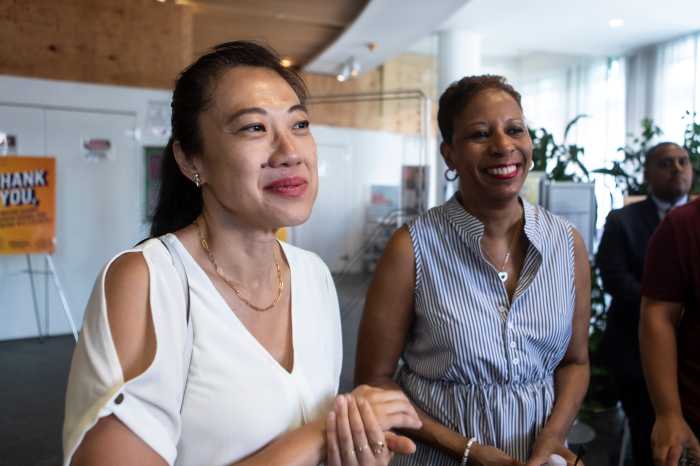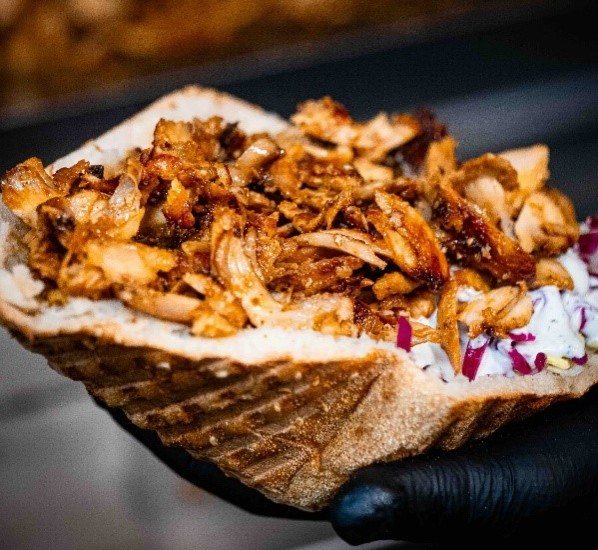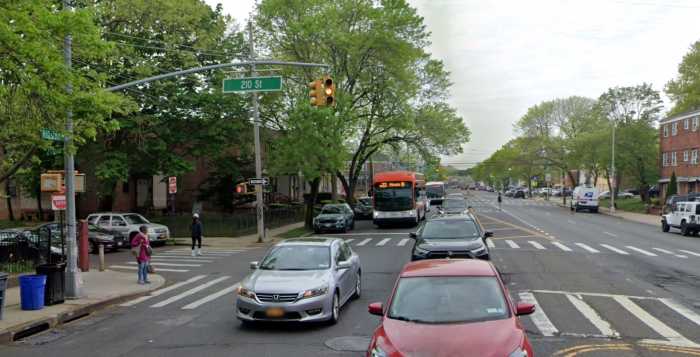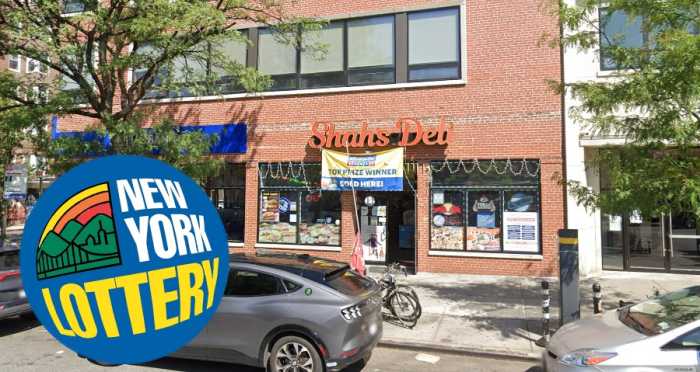Greater Access To Healthy Produce
City Council Speaker Christine C. Quinn, GrowNYC Executive Director Marcel Van Ooyen, New York City Coalition Against Hunger Executive Director Joel Berg, the city Department of Health and Mental Hygiene and Council Members announced that food stamp use jumped by 30 percent over the past year at greenmarkets across New York City -from $638,140 in 2011 to $831,601 in 2012.
Before the City Council began funding Electronic Benefits Transfer (EBT) card scanners at greenmarkets in 2006, food stamps were used to buy less than $1,000 worth of food at these markets. The Council released a report, “EBT Use at New York City’s Greenmarkets: Increasing Access to Fresh Food,” detailing EBT activity at greenmarkets throughout the city, and outlining how the initiative increases food access in underserved communities while supporting local farmers.
“The continued success of the Greenmarket EBT initiative is proof that all New Yorkers will purchase healthy foods when given the opportunity,” said Quinn. “The program is also a win-win, because it increases access to nourishing food for New Yorkers who need it most and keeps food stamp dollars in the hands of local farmers. By investing in a program that makes it possible for lowincome New Yorkers to buy fresh and nutritious food, the City Council has helped to create a new market for fresh food that will make this project sustainable in the years to come.”
The report shows high levels of EBT redemption in all corners of the city. In fact, some markets-including Sunset Park, Poe Park, 175th Street, Corona and Astoria-receive over 65 percent of their income from shoppers using EBT, the WIC Farm- ers Market Nutrition Program coupon and Health Bucks.
The city’s Health Bucks initiative provides EBT users with a $2 coupon for fruits and vegetables for every $5 in Supplemental Nutrition Assistance Program (SNAP) benefits spent. Over the years, shoppers have increasingly spent the majority of their food stamp dollars on produce and other elements of a healthy, balanced diet, with limited dollars being spent on baked goods. Families that qual- ify for federal food stamp aid often live in neighborhoods with limited access to nutritious, healthy food.
For the past seven years, the City Council has sustained funding for the EBT program. The Council has provided an average of $241,000 dollars for the initiative every year since fiscal year 2007, with a total investment of $1.69 million between fiscal years 2007 and 2013. As a result of this investment, GrowNYC estimates that food stamp usage at Greenmarkets has generated $4.25 million in regional economic activity.
The speaker and several City Council members recently wrote a letter calling on Congress to pass a Farm Bill that preserves a fully funded food stamp program.
“The Health Bucks program has been instrumental in giving New Yorkers in underserved areas access to affordable, quality, local produce,” said Health Commissioner Dr. Thomas Farley. “We know that eating fruits and vegetables can greatly reduce the risk of getting diabetes, cancer and heart disease. By increasing access we can address these public health problems and help New Yorkers make the healthy choice the easy choice.”
Increasing the number of farmers markets in the five boroughs-and ensuring that all of them accept food stamp benefits-were among the 59 recommendations in the Speaker’s first FoodWorks report.
FoodWorks is a blueprint for a more sustainable food system-a ground-to-garbage approach unprecedented in the history of the city. It addresses issues at every phase of the food system, from agricultural production through post-consumption. Proposals focus on improving public health, reducing environmental damage and creating jobs and economic growth.
To learn more about FoodWorks or to read “EBT Use at New York City’s Greenmarkets: Increasing Access to Fresh Food,” visit the City Council’s website, www.council. nyc.gov.



































